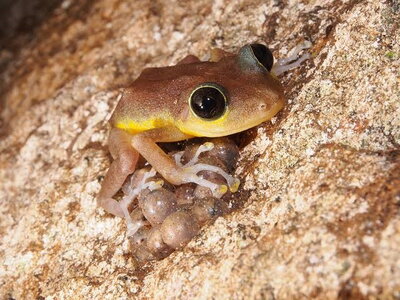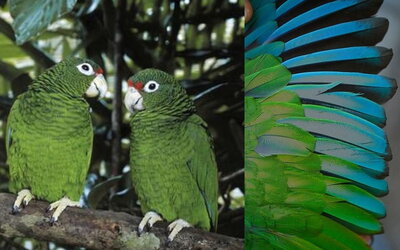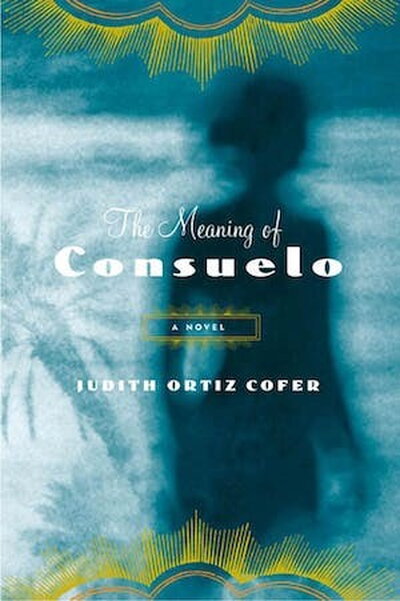On November 7, 2023, the croak of a coqui greeted me as I entered the lecture hall for Ramón E. Soto-Crespo’s Modern Critical Theory talk, “Environmental Humanities and the Caribbean.”

According to Soto-Crespo, the coqui and the Puerto Rican parrot are only two of the animals who fill the soundscape in the El Yunque National Forest. Both animals are on the verge of being silenced due to deforestation.
In the 1940s and 50s, Puerto Rico switched gears from sugar cane monoculture to a manufacture-based industry that would generate more wealth for the nation. Such modernization, Soto-Crespo explains, was spurred by the nation’s desire to escape the insularism of the island, to belong to the mainland, to be a part of “something bigger.” As Puerto Rico’s mangroves were replaced with factories, El Yunque became uninhabitable for certain indigenous species like the Puerto Rican parrots that are heavily dependent on its unique ecosystem. More recently, El Yunque has also become vulnerable to intensified hurricanes, making it impossible for Puerto Rican parrots to survive even with preservation efforts from environmental laboratories that breed, train, and release them out into the wild.

Sociopolitical and legislative changes in Puerto Rico, Soto-Crespo observes, are accompanied by what he calls a “narrative storm,” a cluster of narratives that support, justify, and fuel their course of action. What environmental humanities offers in times of climate change is thus invaluable, he says, as it develops metaphors, lexicons, and frameworks for registering the harsh realities and initiating changes in carbon culture. As we increasingly realize the interconnected fate of humans and more-than-human beings on the planet, Soto-Crespo argues that we especially need new ideas, myths, and stories—a new “narrative storm”—that can provide a vision of humanity beyond and against human exceptionalism.
Soto-Crespo finds an iteration of this vision in Judith Ortiz Cofer’s novel, The Meaning of Consuelo (2003). In Cofer’s novel, Mili, who suffers from schizophrenia, claims to be in communication with fauna in Puerto Rico like the coqui and the Puerto Rican parrot. As the novel ambiguously ends with Mili walking into the sea, Soto-Crespo suggests that she represents one of the trajectories of cultural transformation that Puerto Rico can take—one that listens to the voices of more-than-human beings. It would be an alternative to the road that Mili’s sister Consuelo and many other Puerto Ricans have been taking where they have sought Puerto Rico’s modernization and assimilation to the mainland, or left Puerto Rico behind to start their lives anew in New Jersey.

Focusing on Mili’s character, Soto-Crespo advances the idea of a “new democratic horizon,” a horizon that includes more-than-human beings that do not have political representation. Instead of a Commonwealth of people, he argues for a Commonwealth of sounds, imagining a political landscape that gives voice to the more-than-human beings who inhabit the earth alongside humans.
Soto-Crespo has great hope for Puerto Rico, as the younger generations and the state governments seem to be growing more responsive to initiatives to preserve the rainforests, mangroves, and wildlife in Puerto Rico. The question is whether such changes can be made fast enough to maintain the sonic diversity in El Yunque. So, can we build a world where Puerto Rican parrots speak?